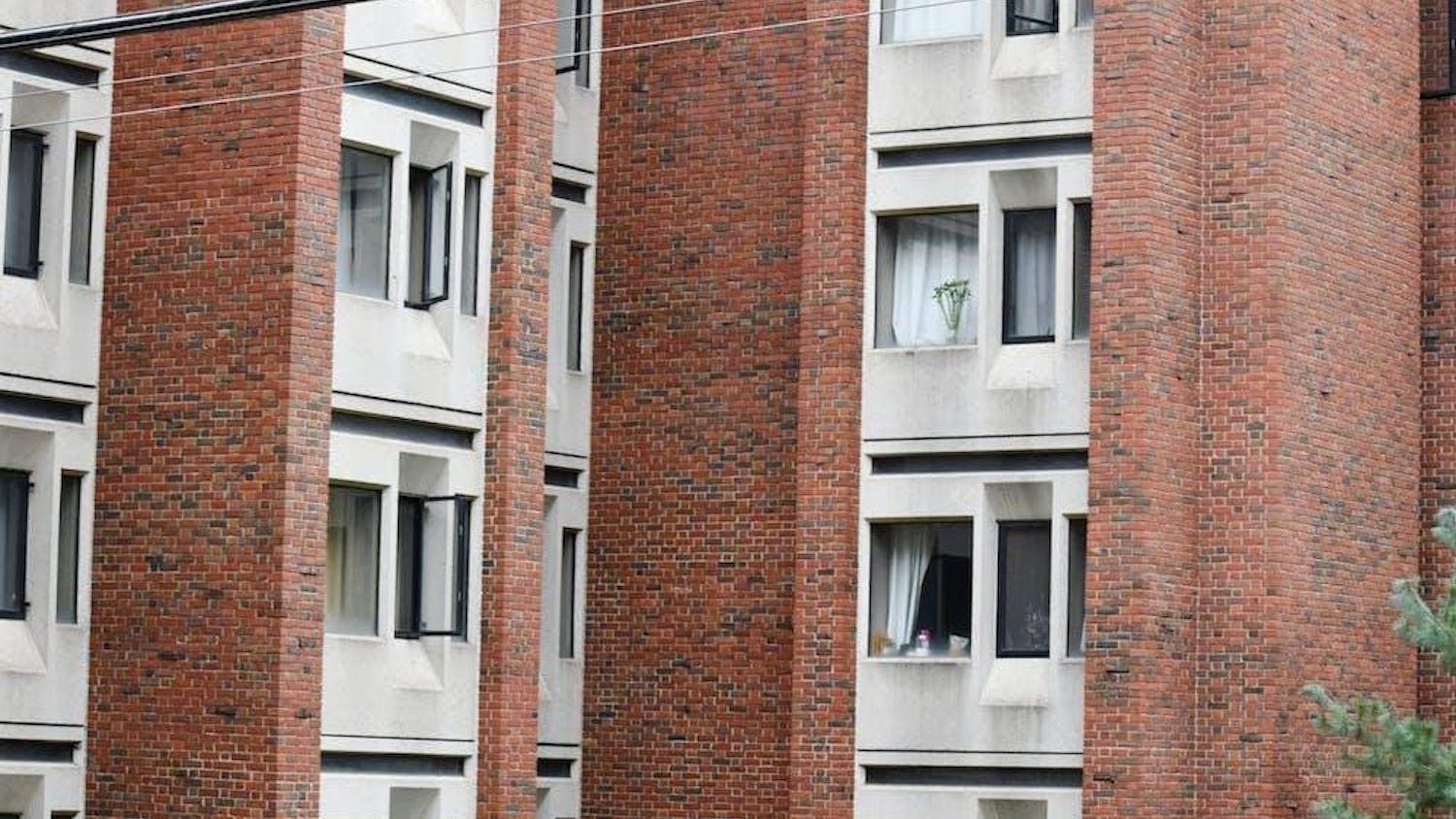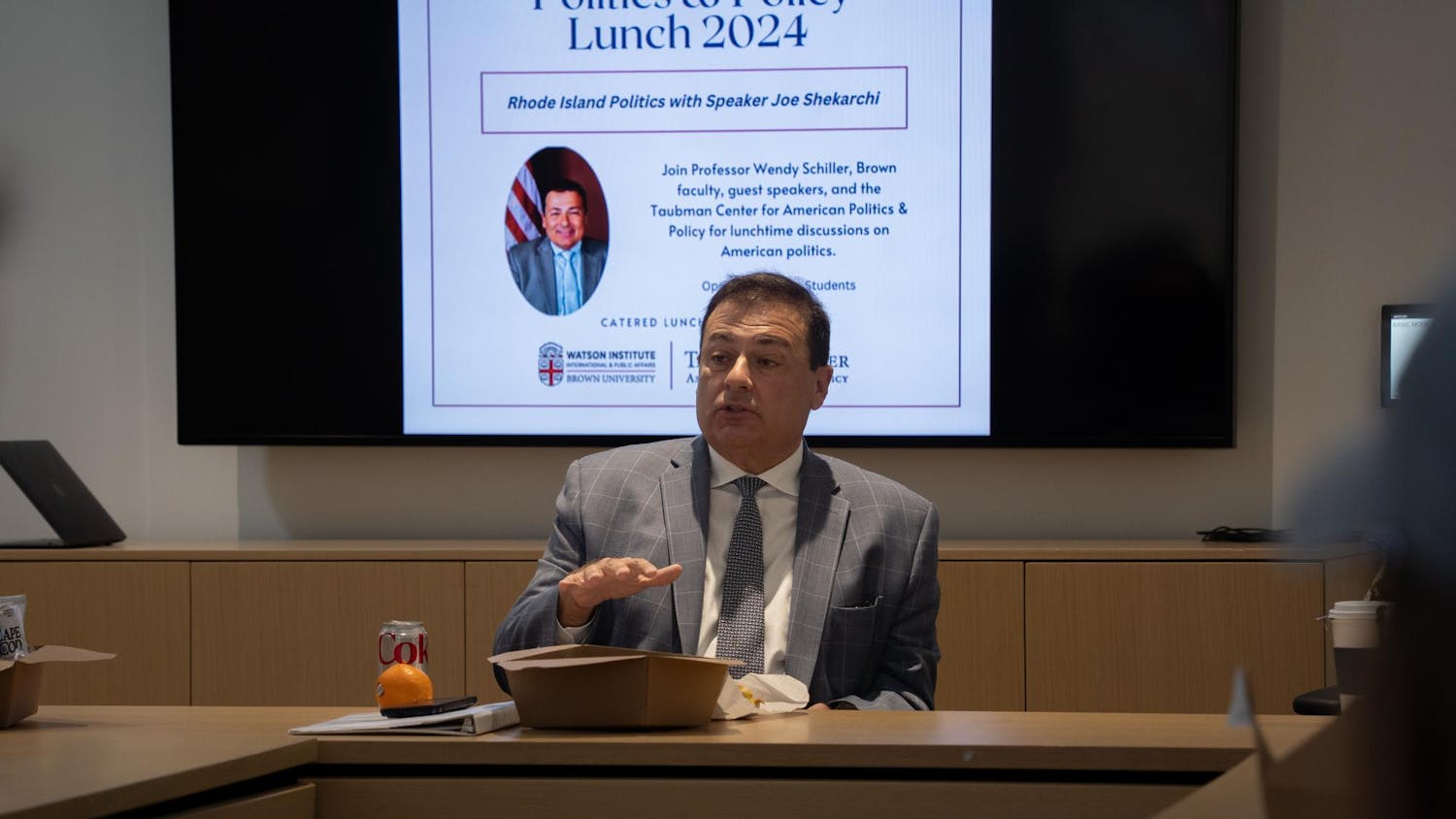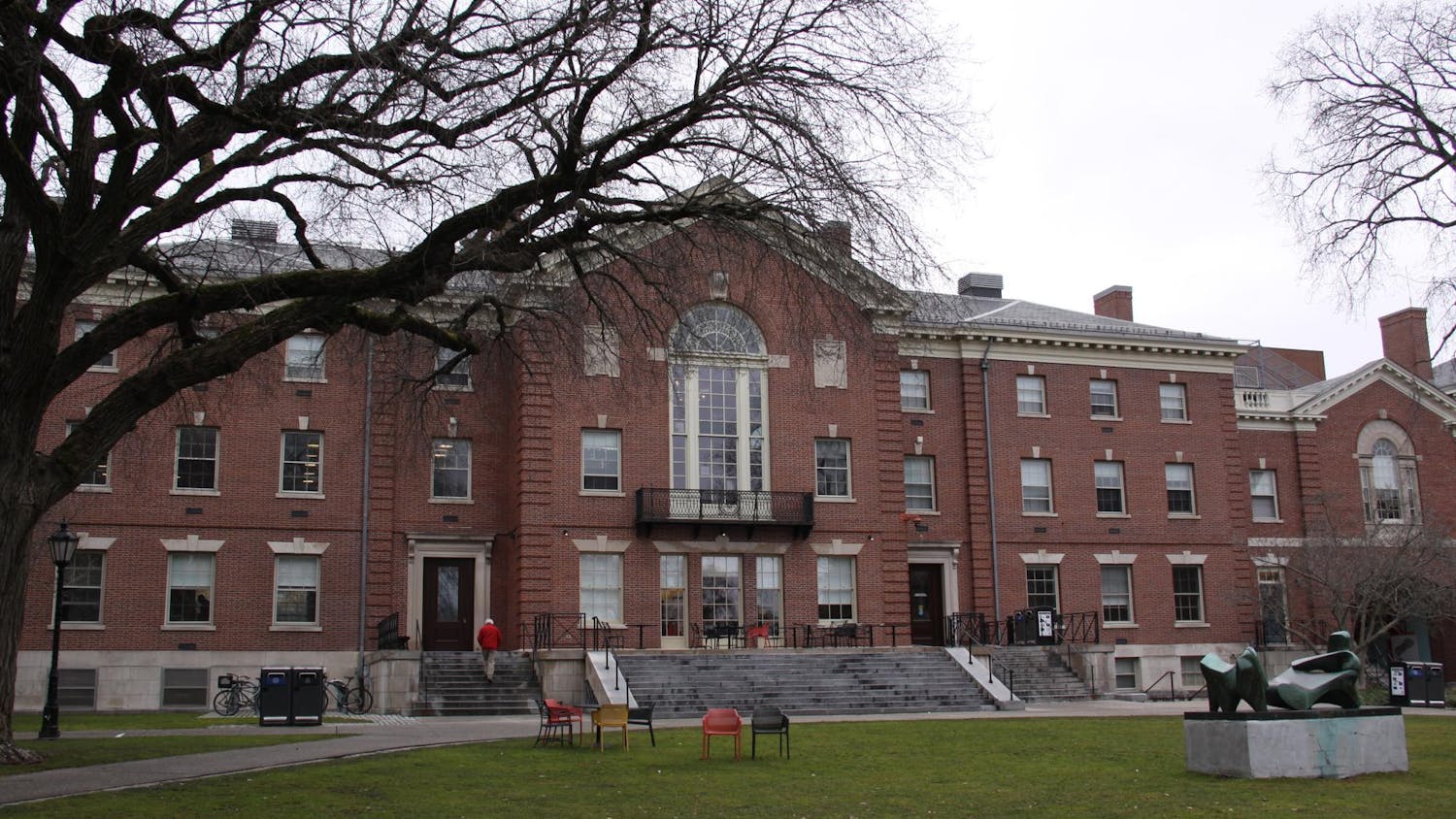College presidents: Sexual assault happens, but not on my campus
An Inside Higher Ed survey of U.S. college presidents found that 32 percent of them agreed or strongly agreed that sexual assault is “prevalent” on college campuses, according to an online report released by the organization. Forty-two percent of respondents indicated they were “neutral” on the statement’s accuracy.
But far fewer presidents believed sexual assault occurs on their own campuses. Only 6 percent agreed or strongly agreed that sexual assault is prevalent on their campuses, and 77 percent agreed or strongly agreed that their “campus is doing a good job protecting women from sexual assault,” the report stated.
Presidents also expressed the belief that students accused of sexual assault on their campuses receive fair treatment. Ninety percent of respondents agreed or strongly agreed that their institution provides due process for students accused of sexual assault, according to the report.
The poll, in which 647 college presidents participated, comes amidst ongoing federal investigations of 101 institutions of higher education for possible Title IX infractions in their handling of sexual misconduct cases, according to the Huffington Post.
SAE looks for retribution against U. of Oklahoma
After members of the University of Oklahoma chapter of Sigma Alpha Epsilon were sanctioned by the institution for a racist chant captured on a video that went viral, the brothers are now considering legal action against the university, the New York Times reported Friday.
Stephen Jones, an attorney commissioned by OU’s chapter of SAE, told the Times that several members of the fraternity have received death threats. Jones was vague about exactly what recourse the complainants seek, telling the Times that the brothers would like the university to reconsider its response to the incident.
Several black OU students told the Times they have been discriminated against by campus fraternities in the past, having been turned away from parties on account of their race. At least one white student countered this narrative, telling the Times that racially prejudiced sentiments were neither voiced nor tolerated at the fraternity prior to his graduation in 2013.
The SAE incident has sparked a nationwide Twitter hashtag, #NotJustSAE, which has highlighted the prevalence of racism at campuses other than OU’s.
Columbia’s Graduate School of Journalism to admit fewer students, cut staff
Reflecting a nationwide downward trend in the number of newsroom workers, Columbia’s Graduate School of Journalism will cut down on its staff corps and student body next year, the New York Times reported March 11.
While faculty members will not be affected, six staff posts will be eliminated before next fall, and the school will shrink the size of its incoming classes over the next few years, according to the Times. But the drop in enrollment will be implemented gradually and will mark a transition back to a “historical norm” that was disrupted by a sharp spike in applications after the 2008 financial crisis, the Times reported.
The adjustment in student body size comes with two major advantages for the school. First, the drop in enrollment enables the school to offer its students “hands-on and intensive teaching,” wrote Steve Coll, the school’s dean, in an email to staff members and faculty members last week. Second, the school may be able to provide more generous financial aid packages for those who attend, possibly increasing the diversity of the program’s students, the Times reported.
Stanford president expounds on online learning at national conference
At a Sunday meeting in Washington of the American Council of Education — a group that draws representatives from about 2,000 institutions of higher education nationwide — Stanford University President John Hennessy delineated several steps universities might take to confront the greatest challenges of the day for higher education institutions, the Chronicle of Higher Education reported Monday.
Chief among these challenges is the task of adapting higher education to the digital age, said Hennessy, a scholar of computer science and electrical engineering, according to the Chronicle. Though he warned that neither massive open online courses nor flipped classrooms — two techniques in which Brown has dabbled — could instantly solve the issues facing brick-and-mortar institutions, Hennessy said both have the potential to enhance the higher education experience going forward, the Chronicle reported.
Hennessy said technology will certainly play a role in pushing universities toward his goal for Stanford: “to provide higher education that is affordable, accessible, adaptable and enhances student learning.”




